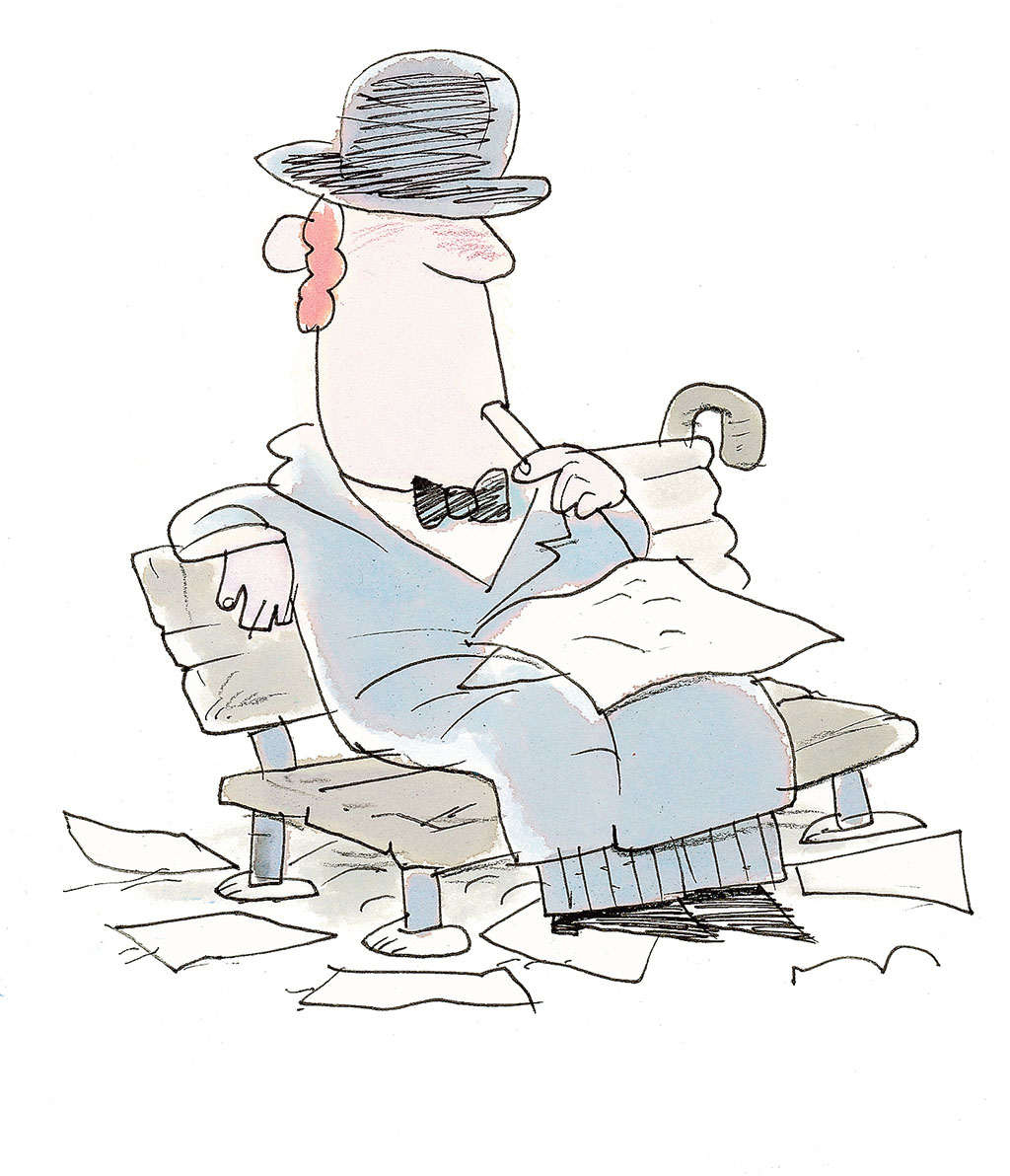
[caption id="NotesFromAlbion_img1" align="aligncenter" width="1024"]

The Past and Present Cocktail
RECONCILING THE HERITAGE of the past and claims of the present in land use, the built environment, cultural preservation and community planning has been an emerging motif in recent issues of British Heritage. Here, Christian Kirkpatrick’s “Letter From Glasgow” continues the theme we began last issue in Manchester, revealing how Britain’s urban centers are dynamically rebuilding and reinventing themselves while maintaining their historic fabric.
Historic buildings, architectural monuments, areas designated of outstanding scenic beauty, wildlife preserves and ecologically sensitive areas: one can hardly swing a cat in Britain without running into the issues of living in history. In fact, daily life at a very human level in Britain is practically impacted by its past well beyond what Americans and Canadians in our far newer and larger countries experience. You can’t just level old buildings for parking lots or casually run housing developments up the next hillside.
We have long admired the British for the way in which they live so comfortably in their history and in their landscape. Prince Charles’ post-modern efforts to meld human community, aesthetics and stewardship of the environment in Poundbury blend into the historic, yea prehistoric, market town of Dorchester—recognizable still as the early 19th-century Casterbridge of Thomas Hardy’s beloved novels. The Maumbury Rings, a Neolithic henge where Roman legions sat centuries later, has served generations of Dorchester boys as a site for pickup football games. Dorset’s ancient county town is a marvelous example of living comfortably in history.
From Dorchester, if you follow the path alongside the River Frome into the country, you arrive at the hamlet of Higher Bockhampton and the thatched cottage of Thomas Hardy’s birth and youth. Against the edge of Thorncombe Wood, the house sits framed by another great example of English country life—a quintessential cottage garden. In this issue we take a closer look at this romantic and seemingly timeless icon of English country life. After all, sometimes amid the challenges of daily life it is just nice to go out and putter in the garden.
Welcome to another exciting issue of British Heritage. Yes, the blend of past and present in British life is the delightful mission of our pages—to inform, to delight and to excite.





Comments